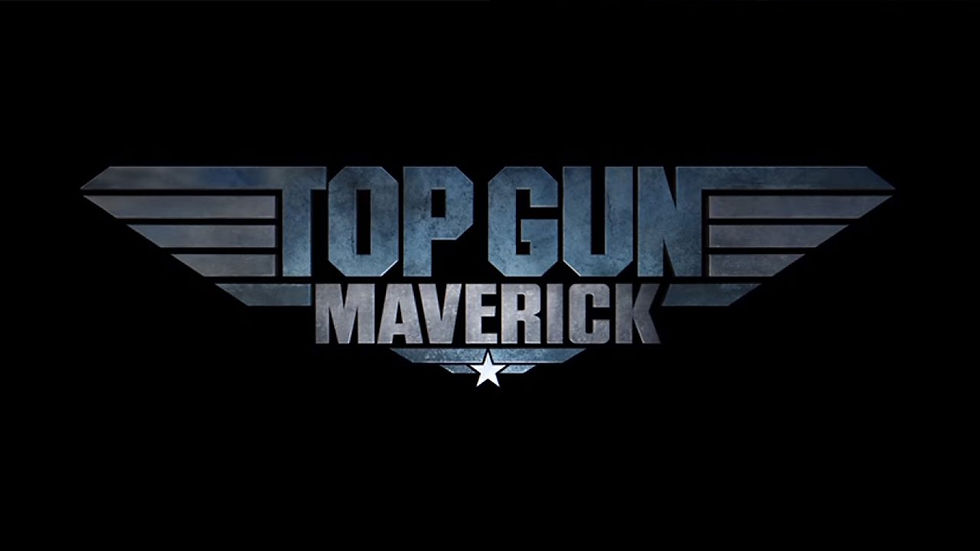Honoring our last king, Kaumuali'i
- Kēhaunani Manuola-Dasalla
- Feb 18, 2019
- 2 min read
As the lights start to dim, the spotlight hits the stage where the dancers dressed in beautiful long dresses begin to move gracefully to the soft, gentle Hawaiian music. The audience grows quiet as Kumu Lazaro starts the historical journey through chant, song, and dance.
Kumu Hula Troy Lazaro and his hālau (meaning school, academy, or group) Ka Pa Hula o Hinano gave a captivating cultural presentation of hula and mele (song or chant) in honor of Hawaii's last king, Kaumuali'i at the Waimea Town Theatre on February 17.
Ka Pa Hula o Hinano opened the show with a series of dance numbers and chants, revealing the history of King Kaumuali'i's life and people of the beautiful island Kaua'i. The dresses the wahine dancers wore, swayed just as beautifully and gracefully with each movement they made made.
Kumu Lazaro and his hālau chanted in 'Ōlelo Hawaii (Hawaiian language) throughout their show to bring life, respect, and praise to King Kaumuali'i, the ancestors, and land.
King Kaumuali'i was raised in Kaua'i where he ruled as the ali'i nui (supreme ruler) of Kaua'i and Ni'ihau from 1794-1810. Unlike certain rulers throughout history who did not participate in heavy labor work, King Kaumuali'i took on more than just accepting the title as an ali'i after the death of his mother Kamakahelei. He grew to become a wise and competent ruler by developing useful fishing skills by using hooks, spears and nets. He learned to plant and harvest taro in the lo'i (irrigated plots), paddled wa'a's (canoes) and became skilled in the use of weapons such as shark toothed clubs and spears.
What made King Kaumuali'i even more honorable was keeping the people of Kaua'i safe from harm. In order to keep his people in peace and harmony, he spent time praying and seeking advice from the gods.
Hula is a form of storytelling for the Hawaiian culture and chanting is often used to speak or pray to the Hawaiian ancestors, gods and goddesses. Hālaus like Kumu Lazaro's, still practice 'ōlelo Hawaii chants and hula to communicate to the gods, such as the volcano goddess Pele or Hi'iaka, to preserve the Hawaiian culture and keep the ancestors alive.
Chanting could be immensely powerful and a bit overwhleming to the point that those of Hawaiian descent who study hula, could feel the mana (power), heightened range of deep emotions and connection to the ancestral roots that live in the Hawaiian islands.
I for one used to dance kahiko, where I learned to chant 'ōlelo Hawaii and tell a story through graceful but firm body movements. I remember being so overwhelmed during hours of practice, that it lead me to quit the beautiful art of hula. It was at that moment, that I felt as if too much power from kahiko was put on me. Now that I am older and understand the true beauty, heart, and soul that goes into hula, I long to dance it again so that I can connect to my ancestors and tell of their journey.
As Ka Pa Hula o Hinano finished their last song and dance, Kumu Lazaro says with a heartfelt message, "Mahalo nui loa (thank you very much)."
As island visitors clapped and cheered, island locals were left in tears from such a cathartic heartwarming story told through the art of hula.

















Comments